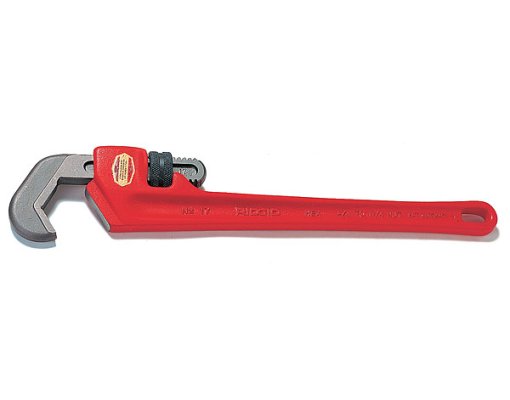cardude01
Guru
- Joined
- Nov 26, 2012
- Messages
- 5,290
- Location
- USA
- Vessel Name
- Bijou
- Vessel Make
- 2008 Island Packet PY/SP
The "lapping" compound is at NAPA as valve seating compound.
A good prop shop will have keys that are in 2 stepped sizes as well as oversized keys.
If the shaft key fit is tight , the prop folks will broach an oversized keyway , and provide a stepped key
Fairly easy to modify an oversized key by sliding the key along a file to get the exact fit.
Awesome. Thanks. I found a local prop shop. Going to take it to them today.


